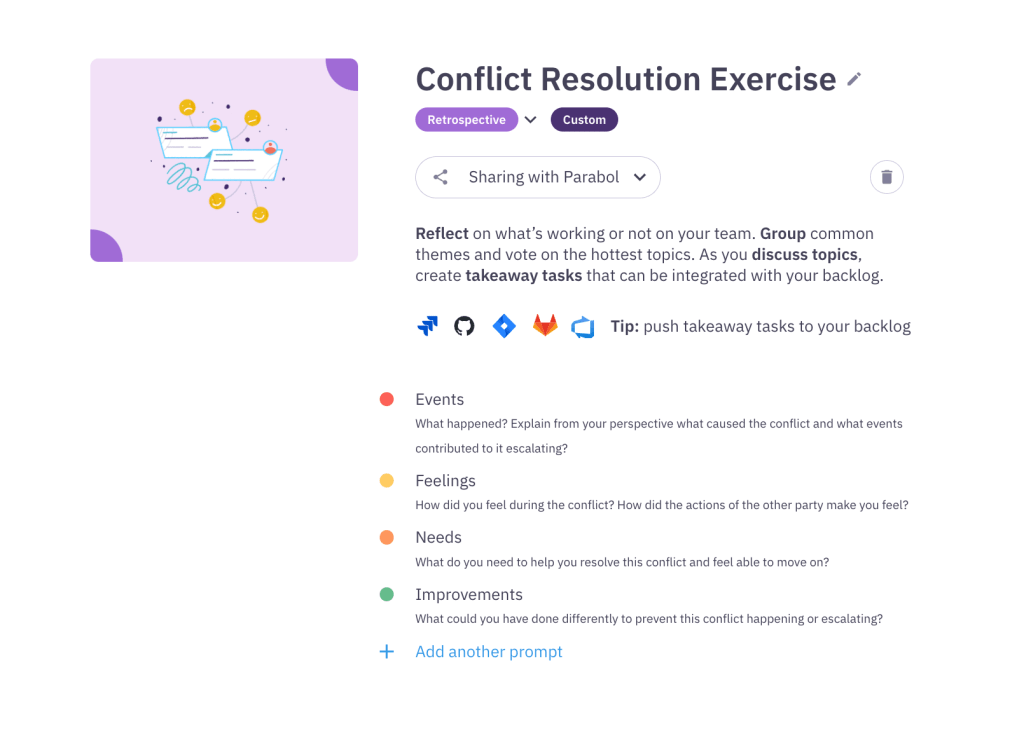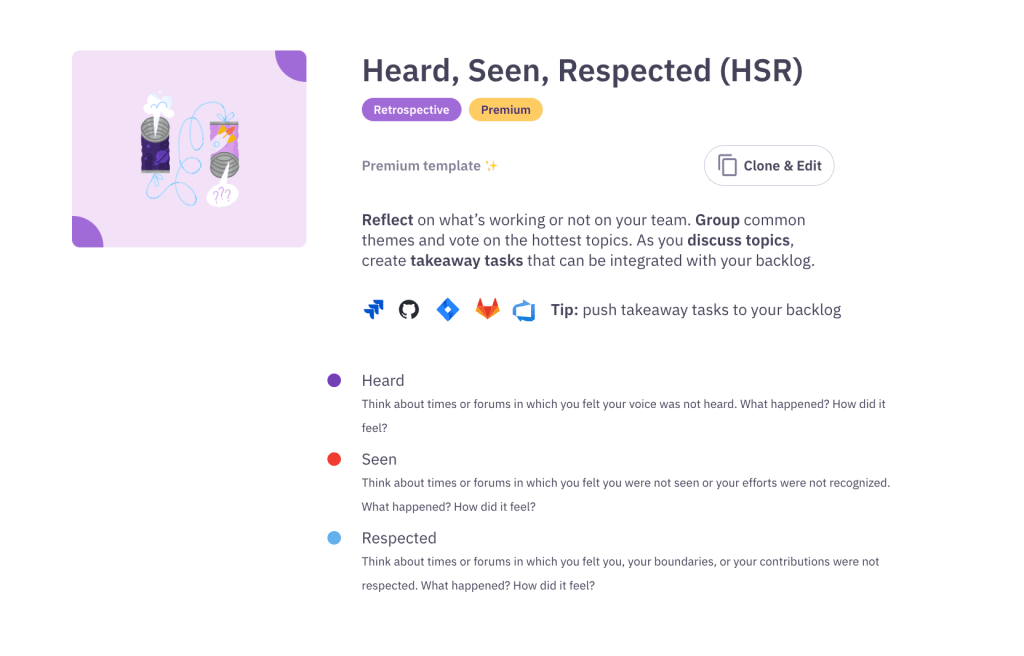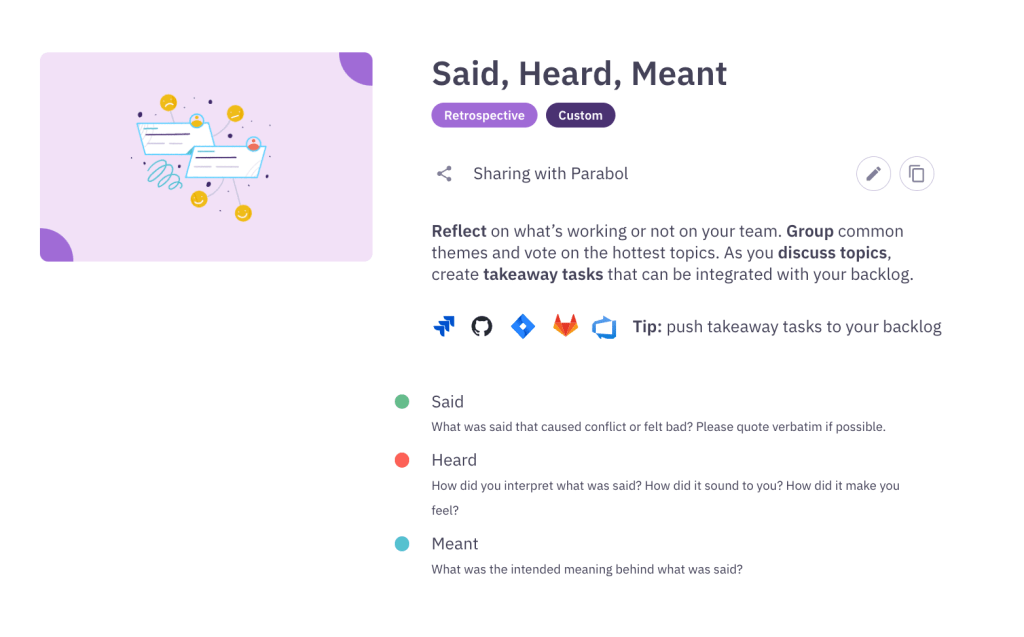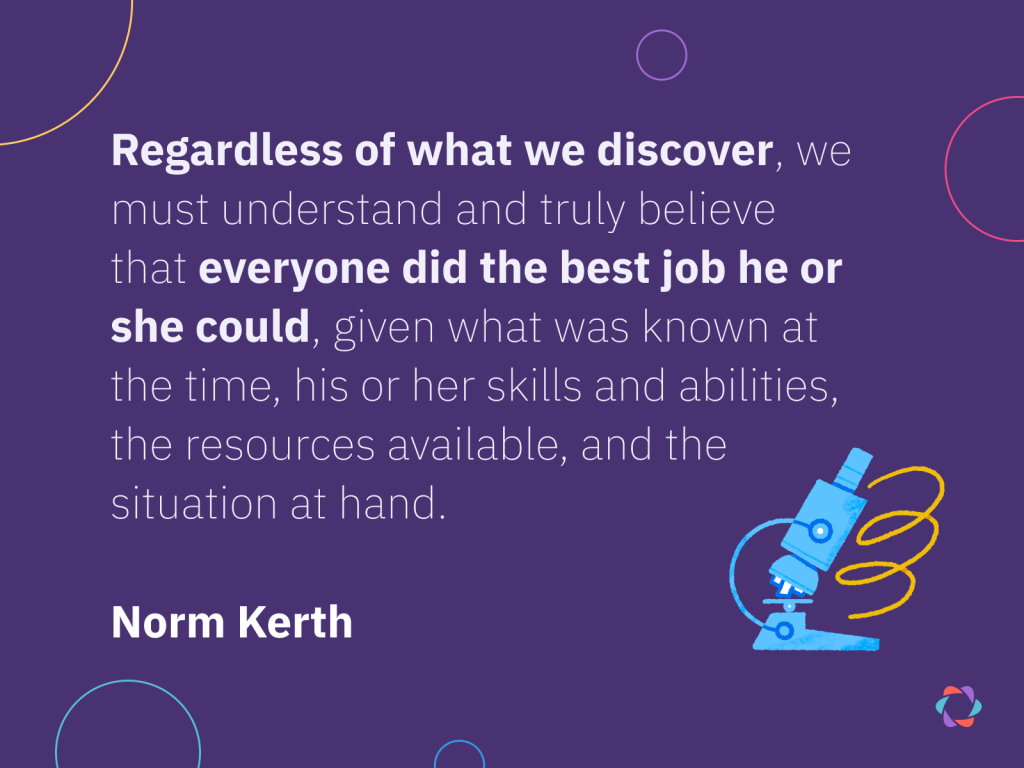Parabol’s Conflict Resolution Guide

Why this guide exists
Not all conflict is bad. Conflict at work can be productive and being able to healthily challenge one another’s work is generally an indicator of healthy teams.
But in growing companies, where people care about their work, and hold diverse views, conflict can sometimes become unproductive. Escalating conflict can harm the psychological safety we work hard to build and unresolved tensions can easily stew and become toxic.
Managing and resolving conflict is not an easy task for anyone. And in a remote work environment, it can sometimes be less visible or simply be buried instead of resolved.
We created the guide below to help anyone at Parabol intervene in and de-escalate unhealthy conflict for the benefit of the whole organization. When you’re in a conflict it can be hard to step back and recognize what’s happening. We wanted to equip everyone with some suggested principles and steps for anyone to consult if they’re not sure what to do in a conflict situation.
We share this openly with the goal of inspiring other remote companies. Feel free to copy or fork this conflict resolution guide and use it in your team if you find it helpful.
Purpose
The goal of this guide is to help Parabol members clearly and calmly navigate unhealthy conflict to create positive outcomes.
Conflict is inevitable in a workplace that welcomes diverse perspective among smart opinionated people. Most of the time conflict is productive, but on occasion it can escalate and become unhealthy.
Resolving conflicts prevents entrenched resentment or bad feeling, and having a transparent set of values and a process to follow gives people something to refer back to and reduces the chances of conflict escalating further.
This policy should give every Parabol member – regardless of seniority – a clear process to follow for resolving unhealthy conflict.
Disclaimer
Not all conflict is bad. Most of the time conflict at Parabol is productive and helps us grow.
This policy only provides guidance on how to deal with unhealthy conflict.
What are the signs of unhealthy conflict?
During healthy conflict there is respect for all perspectives, people listen instead of speaking over each other, and there’s an underlying sense that the overall goal of the conflict is finding the best solution to a problem based on reason.
Here are some indications that conflict is becoming unhealthy and intervention may be required:
- Sync: Participants talk over one another to get their points across
- Sync: Voices are raised
- Sync + Async: Accusatory remarks are leveled
- Sync + Async: Participants resort to ad hominem attacks
- Sync + Async: Violent language is used
- Async: Slack thread discussions pick up pace and feel more like sync conversation as tension rises
- Async: Things like ➕1 emojis are added on emotionally charged governance responses. Generally, it’s better to write your own response than to emoji react if you have something to express.
Parabol’s Conflict Resolution Principles
- We always try to address conflicts directly with the person involved.
- We attempt to address conflicts as soon as we personally feel the need to address them
- We aim to always use non-violent communication to express our points of view
- We speak from our own perspectives and evidence our points (Example: “When you said X, I felt that XYZ” and not “X told me that XYZ”)
- We approach conflict with empathy for others and based on Parabol’s overarching principles of “Open Book” and “Open Eyes”
- We commit to actively listening and making space for everyone’s perspective
- We take responsibility for our own thoughts, feelings, and actions
- We approach the feelings of others as valid and equal to our own
- We listen to our internal voice and identify when we are at risk of being “triggered” to stop unhealthy conflict from escalating
- We approach conflict resolution as an opportunity to learn about our own blind spots
- We try not to use back-channels to stir up support for your position with other peers
- We try not to use anonymous forums like retrospectives or polls to deal with the issue
Parabol’s Conflict Resolution Process
The best time to address a conflict is generally as soon as you notice it has made you experience negative emotions, to prevent it growing into something even bigger.
Here’s a step by step process to resolving your tensions:
- Stop the existing conversation when you notice unhealthy conflict. Conflict may present itself in sync meetings, async meetings, or async discussion threads. Most conflict is healthy and productive. It helps us challenge each others’ ideas in a healthy way. If conflict is becoming unhealthy take a moment to recognize that the conversation is escalating and intervene to stop the conversation.
- Address the party/parties involved directly. Speaking directly with the other party in a conflict is the quickest and clearest way to resolve your tension. Use non-violent communication, speak in terms of your own feelings, and be open to hearing their perspective as well. Hopefully this will resolve your issue and help build greater empathy for different perspectives. DMs and scheduling sync time can be helpful for this.
If these steps do not work, you can follow these steps:
- Speak to your team lead. In your regular 1:1 with your team lead, give a short overview of what happened, how you felt, and any attempts to resolve the conflict. Your team lead should be able to act as a mediator in the case of a protracted or unresolved conflict.
- Run a formal conflict resolution exercise. In rare cases when positions are deeply entrenched, the team lead could consider starting an exercise in Parabol to mediate the conflict and seek a resolution. Below are some templates that can be used for this purpose.
Conflict Resolution Exercises in Parabol
You can optionally use Parabol as a tool to help lay out the perspectives of each party in written form and reach a resolution.
To do this, a new team should always be created, for privacy purposes. The team should only involve the affected parties and the mediator.
In your activity make sure that anonymous reflections are disabled. This will allow you to clearly understand who said and felt what, and generally have a better conversation.
Here are some draft templates:
Conflict Resolution Exercise
This activity helps team members explore the conflict from factual and emotional angles. It helps give participants a clear path forward by prompting them to think about what they need from the other party to be able to put this to bed. It also prompts participants to reflect on how they could have acted differently to prevent conflict escalating.

This exists as a custom template for the Parabol org
Heard, Seen, Respected
This exercise from Liberating Structures helps participants come together and gain empathy for when they did or did not feel heard, seen, or respected during the conflict.

Said, Heard, Meant
In this activity, participants take turns sharing a statement about a conflict they experienced. The listener then repeats what they heard and asks if that is what the speaker meant. This exercise helps improve active listening and clarifying communication

This exists as a custom template for the Parabol org
Conflict Resolution FAQs
When should I resolve an unhealthy conflict?
Try to resolve your conflict as soon as you personally feel it needs to be addressed. This will depend on individual preference. In general, you should always try to resolve your conflict by first speaking directly to the other party involved before involving other parties.
What does unhealthy conflict look like in retrospectives
Retrospectives are a forum in which we come together to reflect on our work and discuss how to do better next time. It’s normal that from time to time, topics like personal energy, struggles, and other tensions come up. That’s usually fine. Here are some signs conflict might be expressed in an unhealthy way during a retrospective:
- Retro cards blame others instead of coming from a place of compassion and curiosity.
- Inflammatory or violent language is used that is directly or indirectly aimed at another team, team mate or a situation
If this becomes a problem or is at risk of becoming a problem, the facilitator could use the Retrospective Prime Directive to set expectations before retro meetings.

